Tidal Power
The trip to Annapolis Royal started off with a tour of the tidal power plant. Tidal power itself is pretty impressive and Nova Scotia has the only saltwater generating system in North America, which harnesses seawater from the Bay of Fundy. The Bay is known to have the highest tides in the world and can sometimes reach 21 feet in height. Using this power the plant produces roughly 30 million kilowatt-hours per year which is enough energy to power 4,000 homes.
This plant is one of three tidal power plants in the world. The other two are located in France and in Russia.
After the tour we had a spot of lunch in a small restaurant on St. George Street, the oldest oldest town street in Canada, and then ventured over to Fort Anne.
Fort Anne
Fort Anne and its surrounding areas have a history full of strife. Originally founded by the Scottish in 1629 it was taken by the French in the 1630s. Soon the area was filled with French settlers and the province became known as Acadie. Almost a century later the English retook the fort, renamed it Annapolis Royal, and renamed the province Nova Scotia (the original Scottish name meaning New Scotland). The Treaty of Utrecht further guaranteed the English’s position in Nova Scotia. However, it would not to last and fighting resumed in the area until the French were expelled in 1755.
On-site are remnants of this history. Just under the surface lie many French and English artifacts, each with their own character. I like to think of the French items as being highly decorated and the English highly practical. My favourite story in regard to this is the archaeological dig that occurred there in the early 1990s. As I was studying archaeology in Calgary I went down to the fort to see what they were doing. They were doing a “phone booth” style dig which would freak me out as I am slightly claustrophobic. On my way back to my car I tripped over the end of a cannon which was just starting to poke out of the ground, about 20 feet from where the archaeologists were digging. The ground is full of history.
The building in the heart of the fort is the 4th one of its kind, the other three having burnt down. When you first walk into the building the first thing you see is a giant tapestry woven by local experts to depict the history of Annapolis Royal. This is highly impressive and with it comes a French and English description of events.
The rest of the museum is a bit of a blur: swords here, tapestries there, clothing, utensils, a wall, explanations and lots and lots of artifacts. What is most impressive about the fort are the various battlements, bunkers and cannons that surround the main building. You could spend hours just wandering through these and imagining what it was like to be here hundreds of years ago.
The Habitation
The next stop in around the Annapolis Royal Region was Port Royal, or what I like to call the Habitation.
Port Royal was established in 1605 by Samuel de Champlain and de Monts making it one of the oldest settlements in North America. This historical site plays a key role in the history of Nova Scotia along with Fort Anne, and was often used as a key position in the struggle for Nova Scotia.
The Habitation is an impressive building staged as a historical site complete with costumed guides, costumed workers, beds that are only 5 feet long and stuffy old rooms that are stiflingly hot during the summer. I can’t imagine what it would have been like to live in this large log cabin in the 1600s.
I always love to come to the Habitation because it is really a step away from typical touristy museums. Everything is set up as it was in the 1600s and there are no glass cases or annoying Parks Canada signs that spoon-feed you history. If you get there on a day when there are few tourists you can even lose yourself for a moment and imagine you have travelled back in time. It is a very special place.
Graveyard Tour
Alas, after we left the Habitation the journey wasn’t quite over. On our way out of the fort, I got wind that there was a tour of the graveyard after dark by candlelight. Of course, I couldn’t pass up something that cool. So we went home to get my dad because I knew he wouldn’t want to pass that up either.
We made the journey back to Fort Anne just as dusk was setting in. When we got to the fort we were each given a lantern with a candle in it. The guide was highly entertaining and we learned a fair bit about burial practices, fort hauntings, interesting characters from Annapolis Royal and also about many of the people buried in the graveyard. The tour is something I highly recommend.
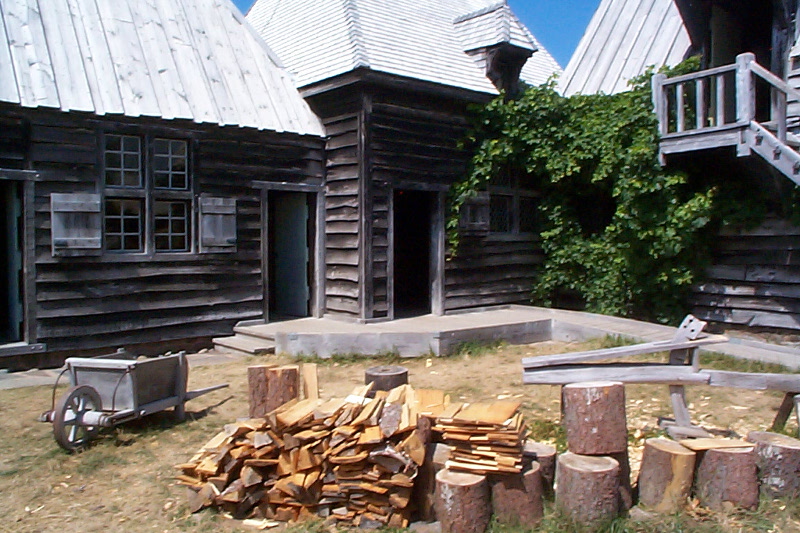

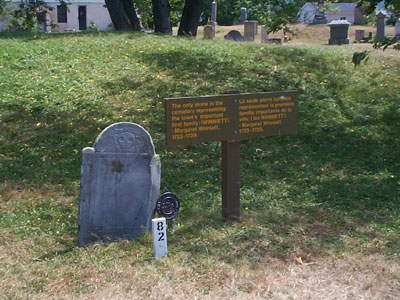
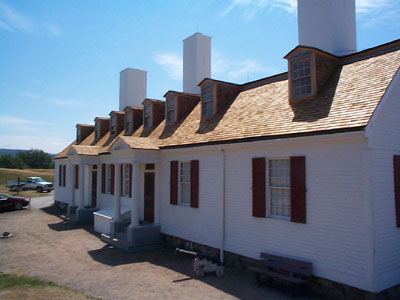
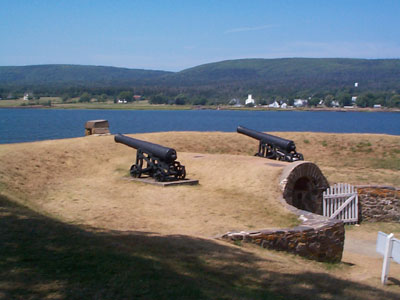
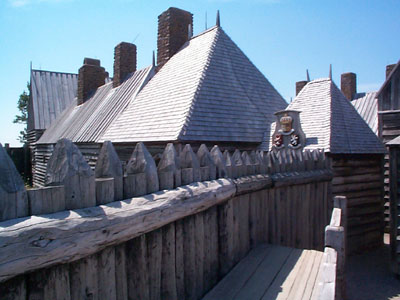
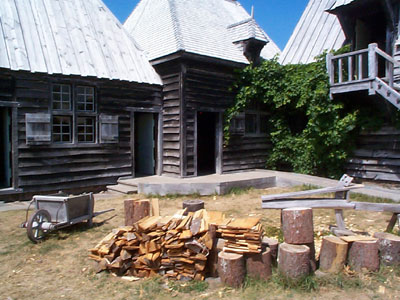
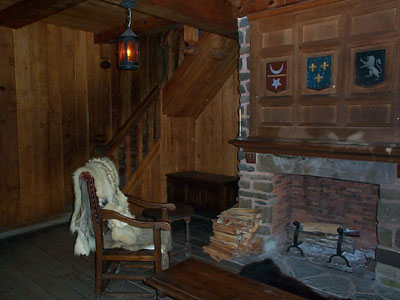

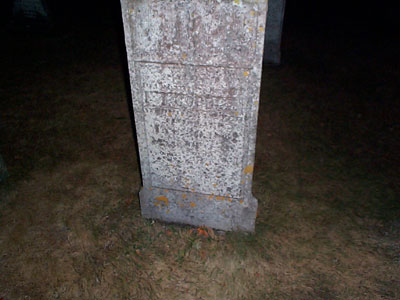
0 comments on “Annapolis Royal”Add yours →